This article has partner links that I may receive compensation from at no cost to you. Thank you for supporting my site by using them!
Central Seoul is filled with historic buildings and monuments, among them the Five Grand Palaces of Seoul. These royal palaces date back hundreds of years to the Joseon Dynasty, but thanks to the wars of the 20th century, most of them are now faithful reconstructions. The palaces have distinctly beautiful architecture, and the grounds themselves are pleasant to walk around. If you’re ambitious, you can walk to all Five Grand Palaces in one day, as they are all centrally located. The Five Grand Palaces of Seoul are Gyeongbokgung, Changdeokgung, Changgyonggung, Deoksugong, & Gyonghuigung.
The Five Grand Palaces of Seoul
Gyeongbokgung Palace
Gyeongbokgung Palace is the oldest, largest, and most popular of the Five Grand Palaces of Seoul. Built in 1395, it was the main palace of the Joseon Dynasty. Today, it is still a focal point of the city. It is located at the end of Sejongno, one of Seoul’s most important central streets.
Your first impression of Gyeongbokgung Palace is through the massive Gwanghwamun gate. This is a popular spot for taking selfies & doing full photo shoots in full traditional Korean dress. I’ve never had so many people ask me to take photos of them in my life.
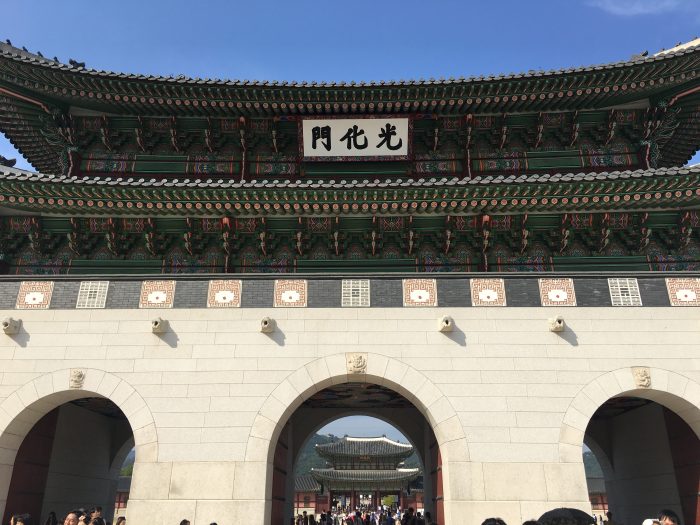
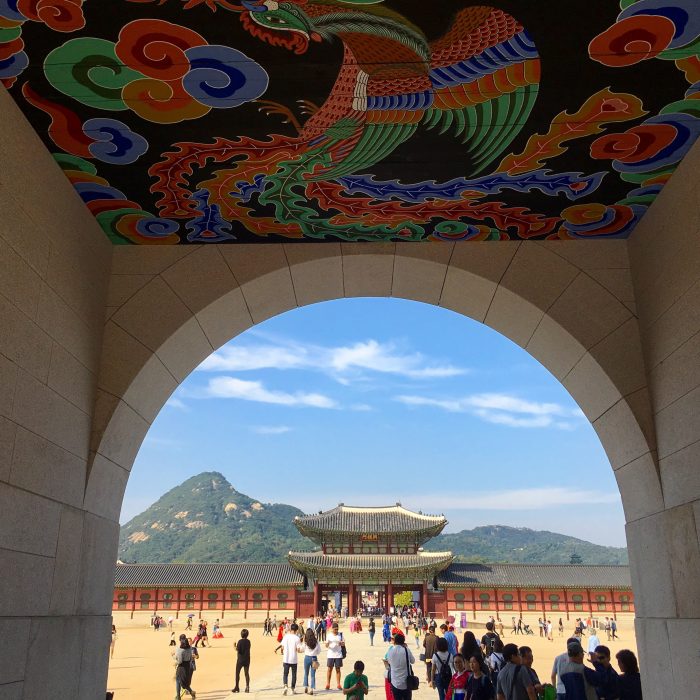
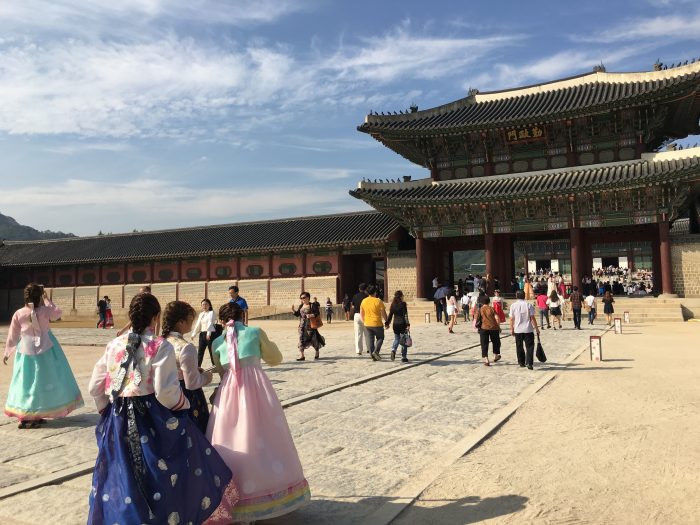
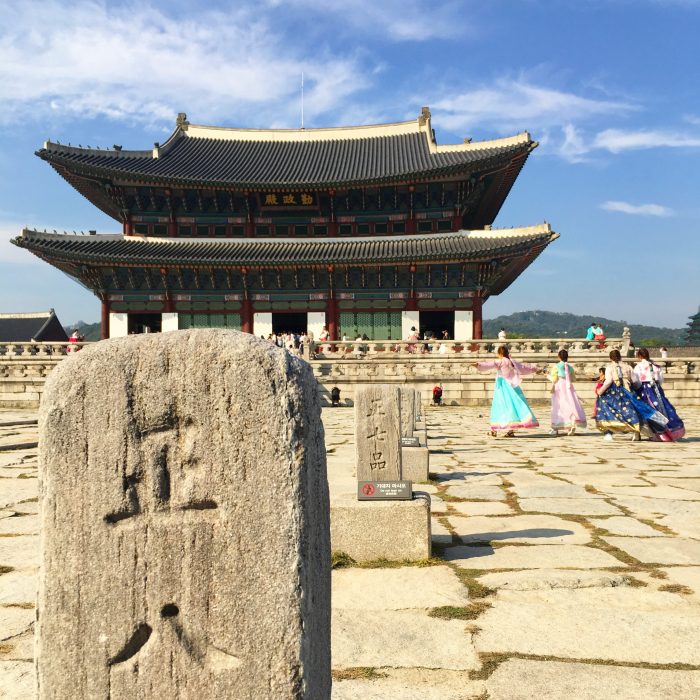
Gyeongbokgung Palace is a massive complex with many corners to explore. It’s crowded, but if you find areas away from the main draws, it can be silent.

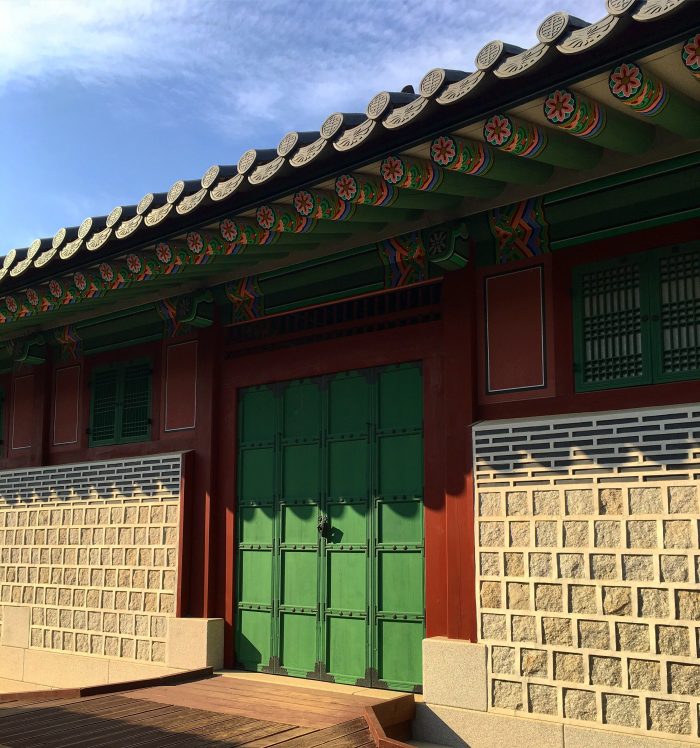
There are also stone animal carvings scattered around the grounds.
Book your hotel in Seoul now!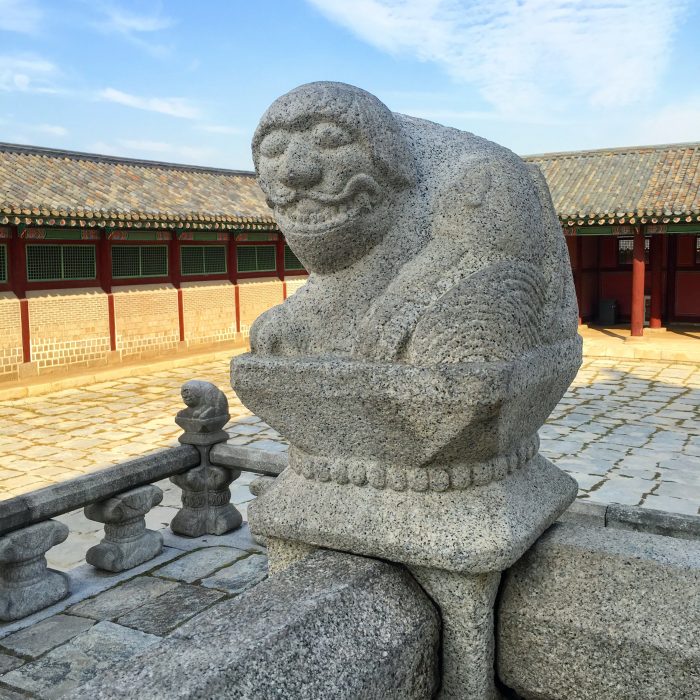
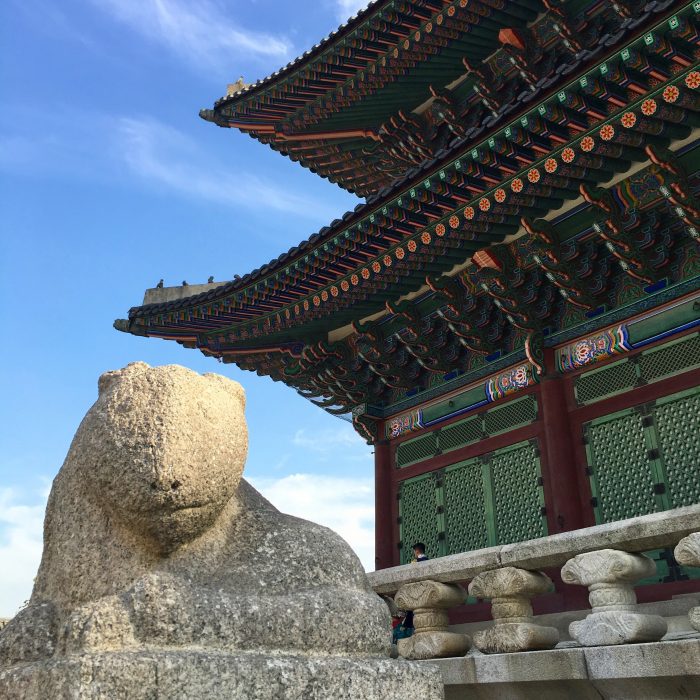
Gyeonghoeru Pavilion is part of Gyeongbokgung Palace. To visit this royal banquet hall, foreigners must make a reservation one day in advance, which I didn’t. However, you can still see it across the pond.
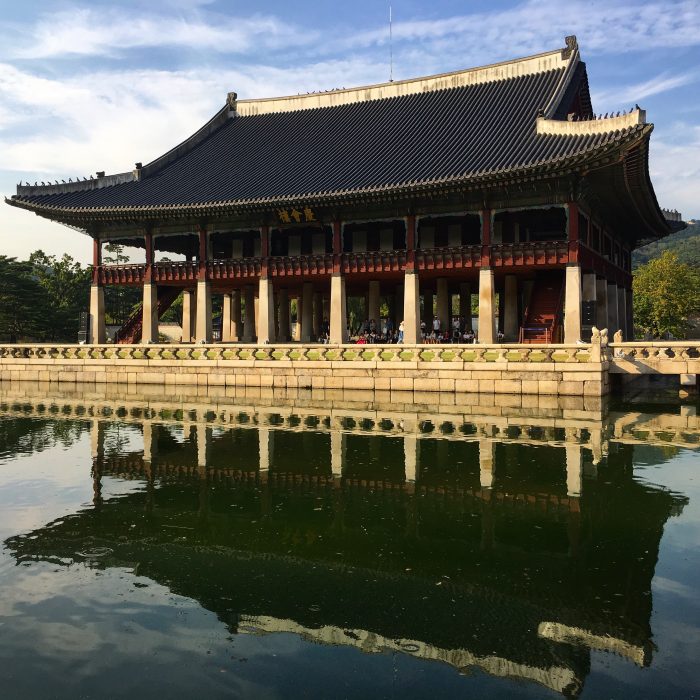
In addition to the buildings of the palace, and a couple of museums (the National Folk Museum of Korea and the National Palace Museum of Korea), there are also events held at Gyeongbokgung, including a free traditional music concert that was being held on the day I visited.
Nearby along Sejongno, there are several sights worth checking out, including two underground museums that tell the history of the Hangul writing system and the stories of King Sejong and Admiral Yi Sunshin. Above ground, there are also statues and monuments.

Changdeokgung Palace
Changdeokgung Palace was the second of the five Grand Palaces of Seoul. It’s located a few long blocks east of Gyeongbokgung.
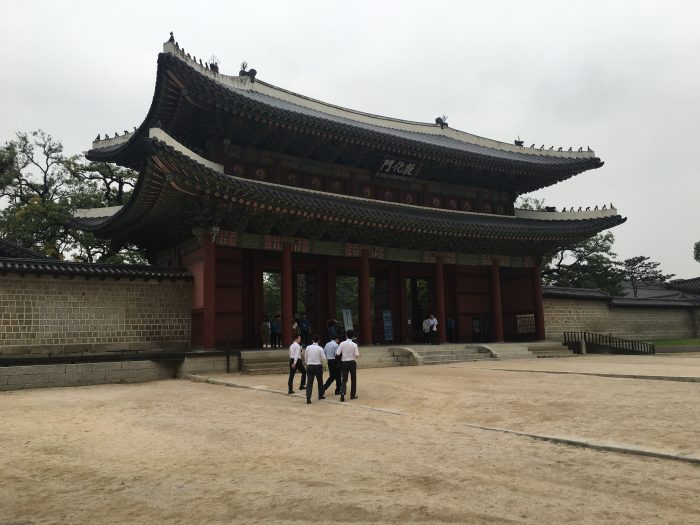
Compared with Gyeongbokgung, Changdeokgung Palace is quieter and more park-like, though there are still many buildings.
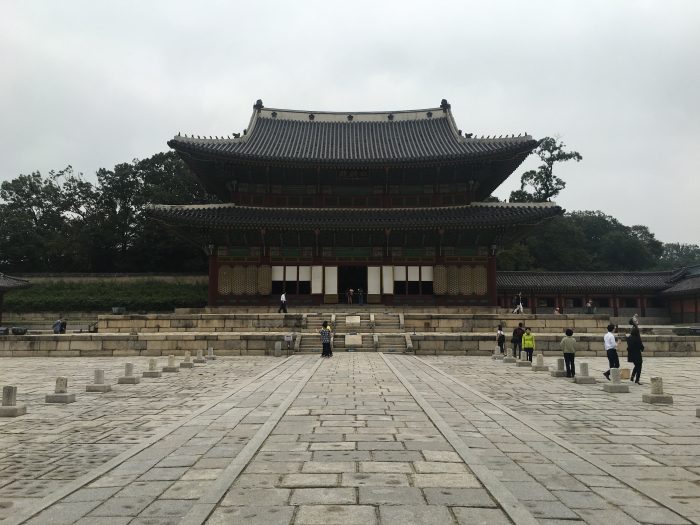

It is the only one of the five Grand Palaces of Seoul that is a UNESCO World Heritage Site. Despite having free entry because it was a cultural day, the place was fairly empty.
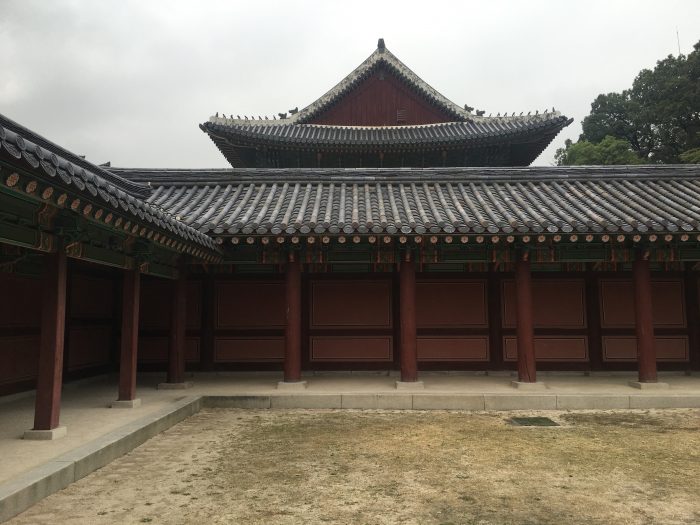
Part of the grounds includes the Secret Garden, which can only be viewed by a guided tour. Unfortunately, I had just missed an English tour, and the next one wouldn’t be for a while.
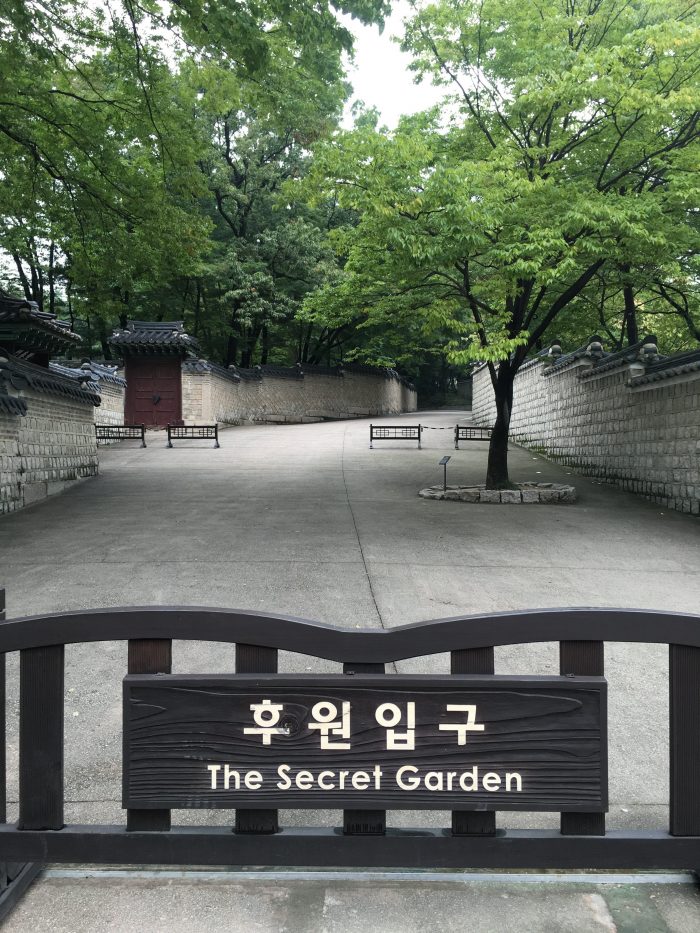
Changgyonggung Palace
Changgyonggung Palace is right next to Changdeokgung Palace, and in fact, you can walk between the two through a side gate for free. For ease of walking, I recommend going to this palace second, as you are walking downhill around the grounds.
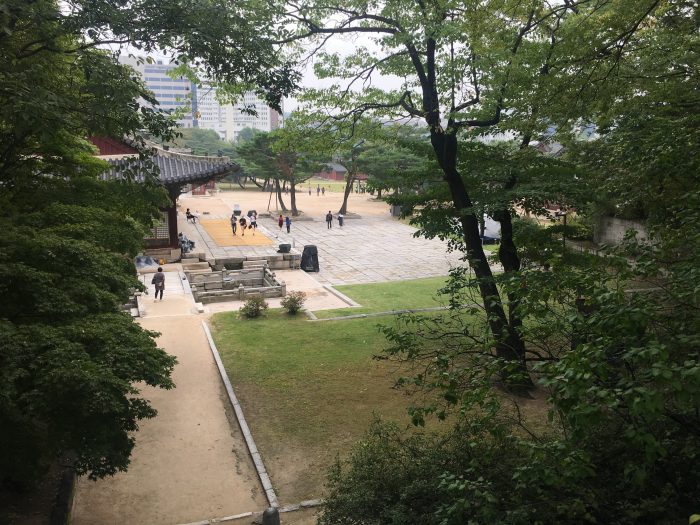
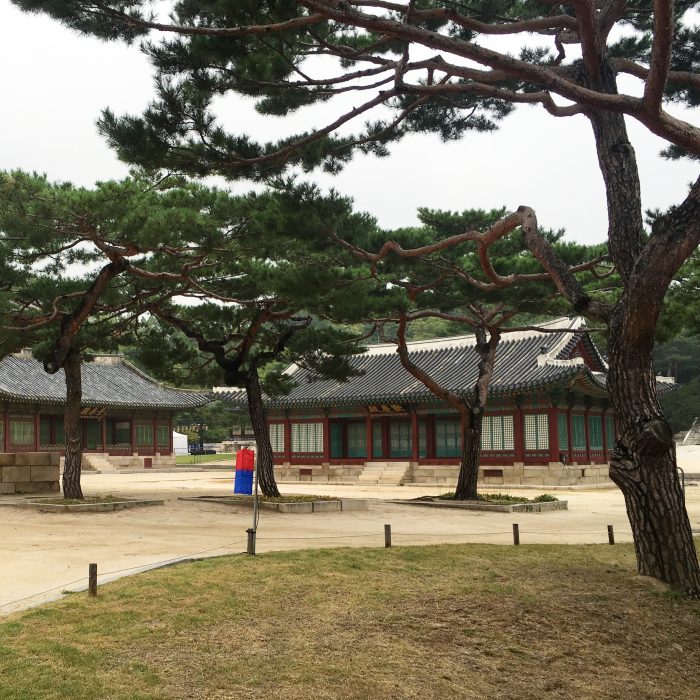

Changgyonggung Palace is one of the smallest of the five Grand Palaces of Seoul. I found it to be the least impressive, in part because some event was being set up on the grounds, and as a result, some of the prettier buildings had tents and other equipment blocking the views. The palace grounds also had an odd odor for some reason.
Deoksugong Palace
Deoksugong Palace is the southernmost of the five Grand Palaces of Seoul, conveniently located near City Hall subway station. People were dressed in authentic costumes near the entrance gate.
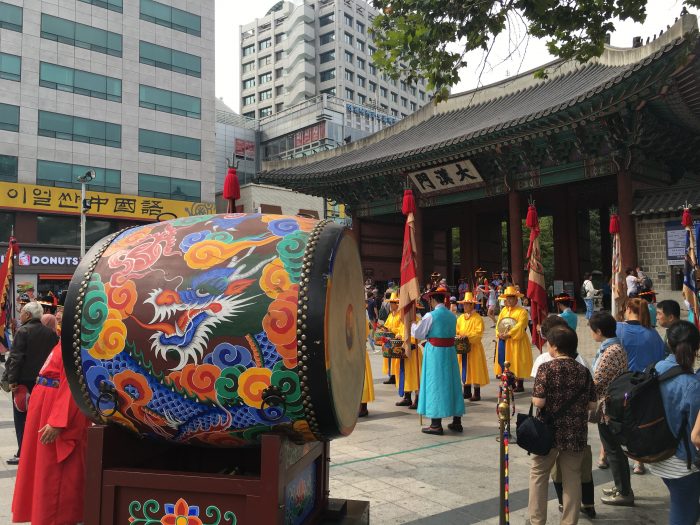
This was the most urban park-like of the five palaces. Thanks to a music festival & a farmers market being held nearby, it was also busy.
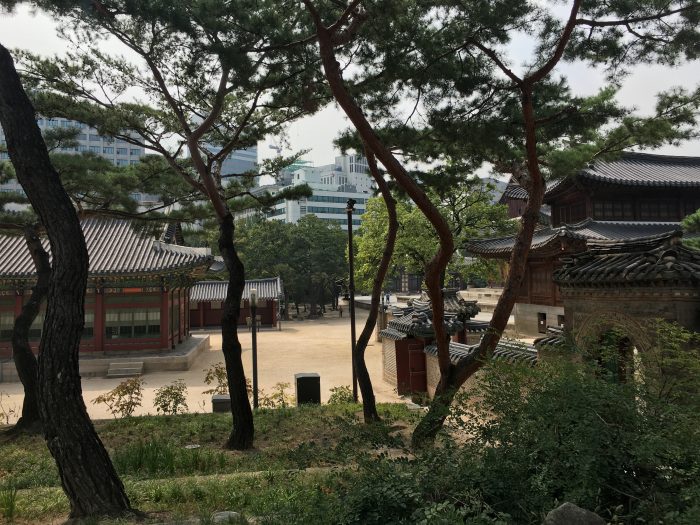
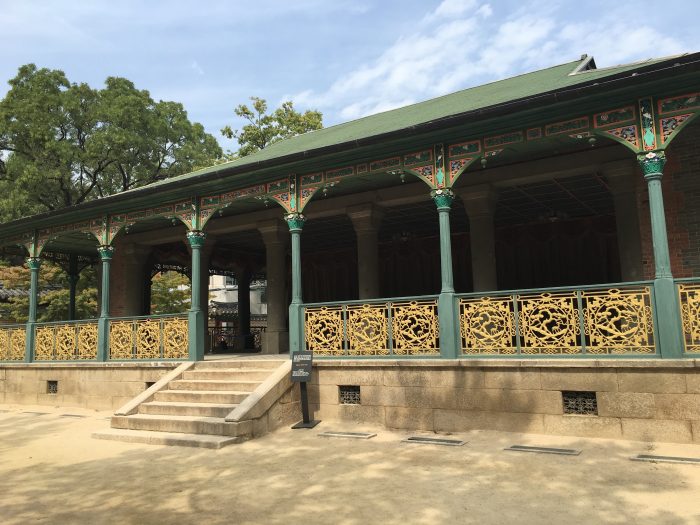
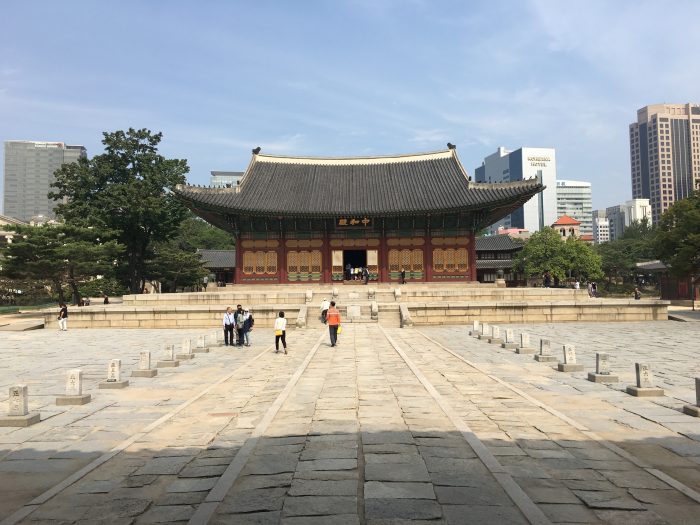

In addition to the Palace buildings, the Deoksugong National Museum of Art is located inside the grounds.
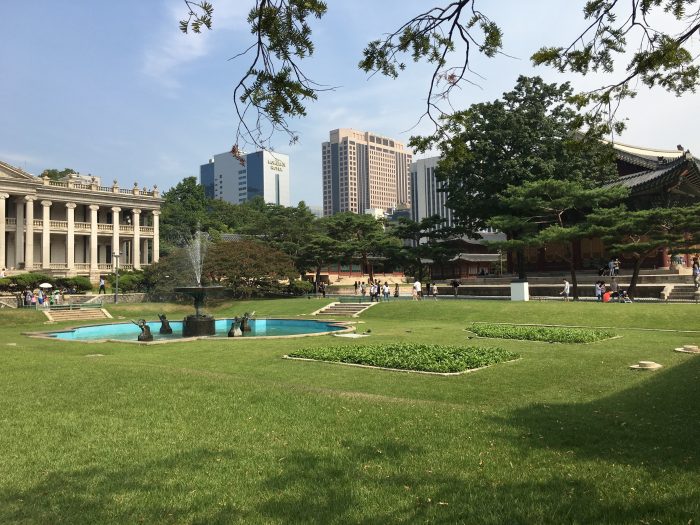
There is just one entrance and exit to Deoksugong Palace, so you will have to double back to the entrance near City Hall.
Gyonghuigung Palace
Originally built in the 1600s, Gyonghuigung Palace is now one of the smallest palace complexes in Seoul. Much of the grounds were lost over the years, but the current reconstruction, which was completed in 2002, features one massive building that is among the most impressive in the five Grand Palaces of Seoul. Even though much of this is a reconstruction, it’s still remarkable to see how old and new mix to make for as authentic of a reproduction as possible.

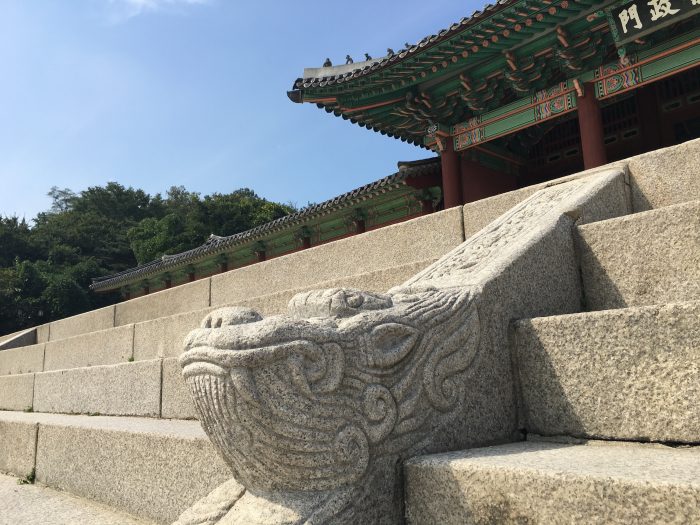
Gyonghuigung Palace is not as busy, as it’s a bit more off the beaten path than the other palaces. Therefore, it’s great for photos, thanks to this lack of people.
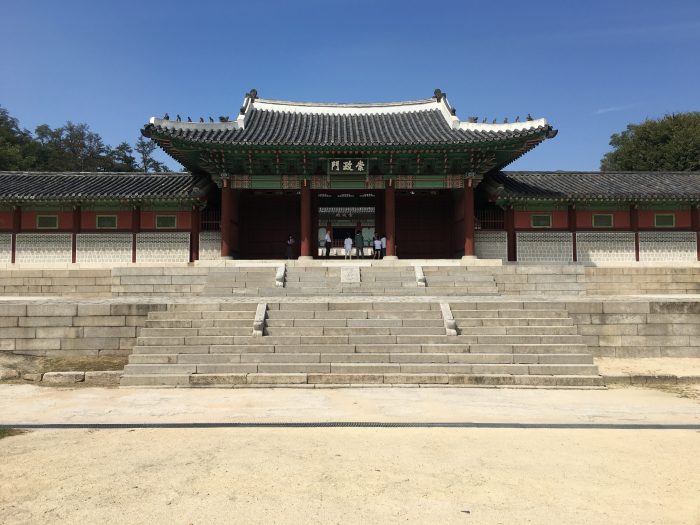
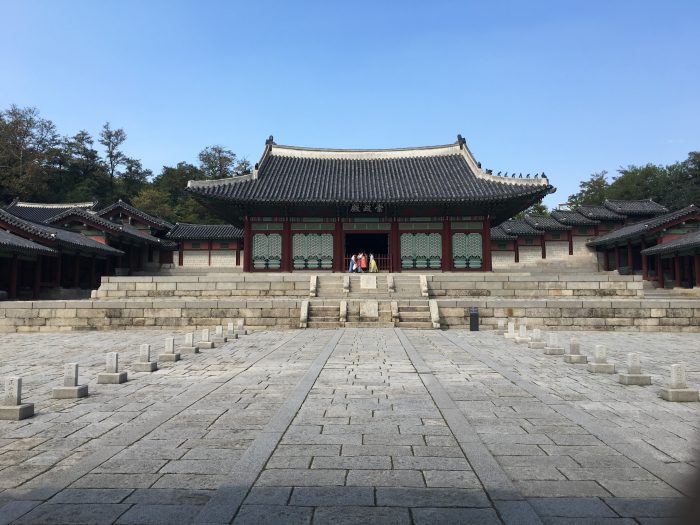
Next door, there are a couple of museums, the Seoul Museum of History, and an annex of the Seoul Museum of Art. The Seoul Museum of History was helpful in getting more background about the area. Much of the museum was in English, plus the exhibits did an excellent job of covering ancient history through the modern day as well, including the Japanese occupation & pop culture. There was a scale model of the city, and I also learned that Seoul’s first subway line opened in just 1974. Considering how expansive the network is, it’s impressive that so much has been built in so little time. City museums tend to be of high quality as their contents can really be focused. Also, civic pride keeps them well-maintained. This certainly was the case in Seoul.

Visiting the Five Grand Palaces of Seoul is a great way to get to know the city. All are centrally located, and given the other nearby museums & places of interest, you can learn a lot about the history of Seoul & South Korea by touring the whole area.


